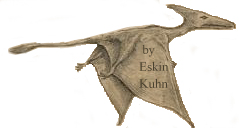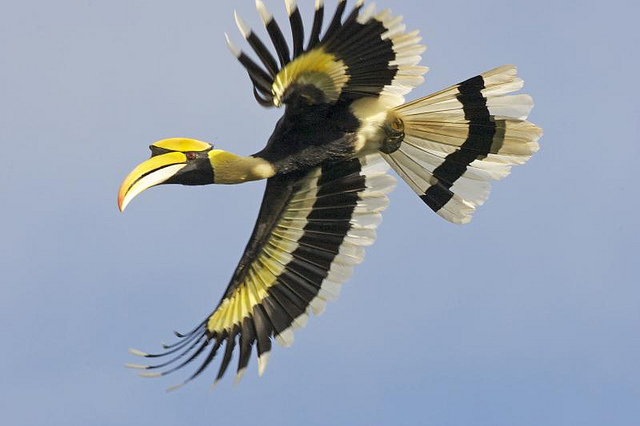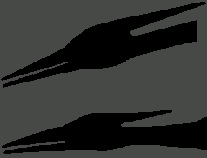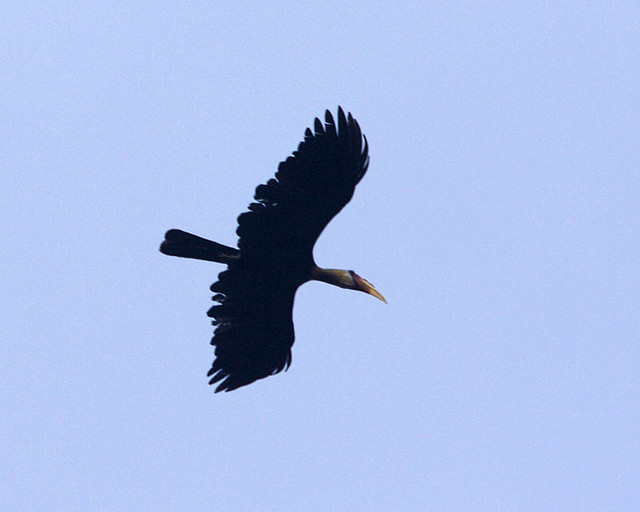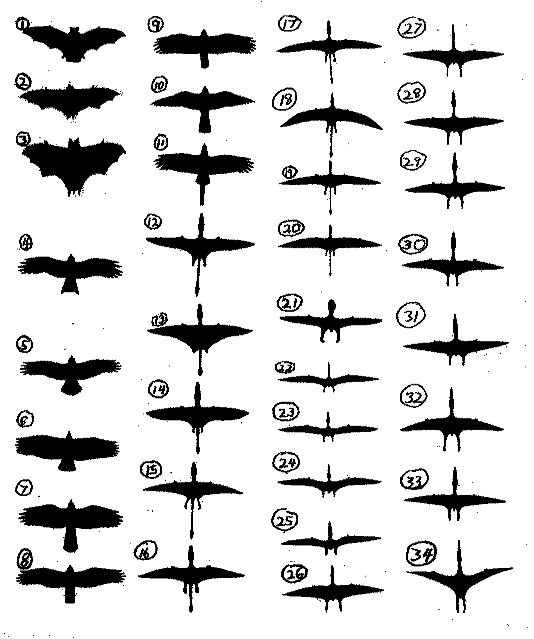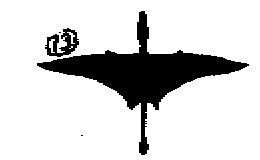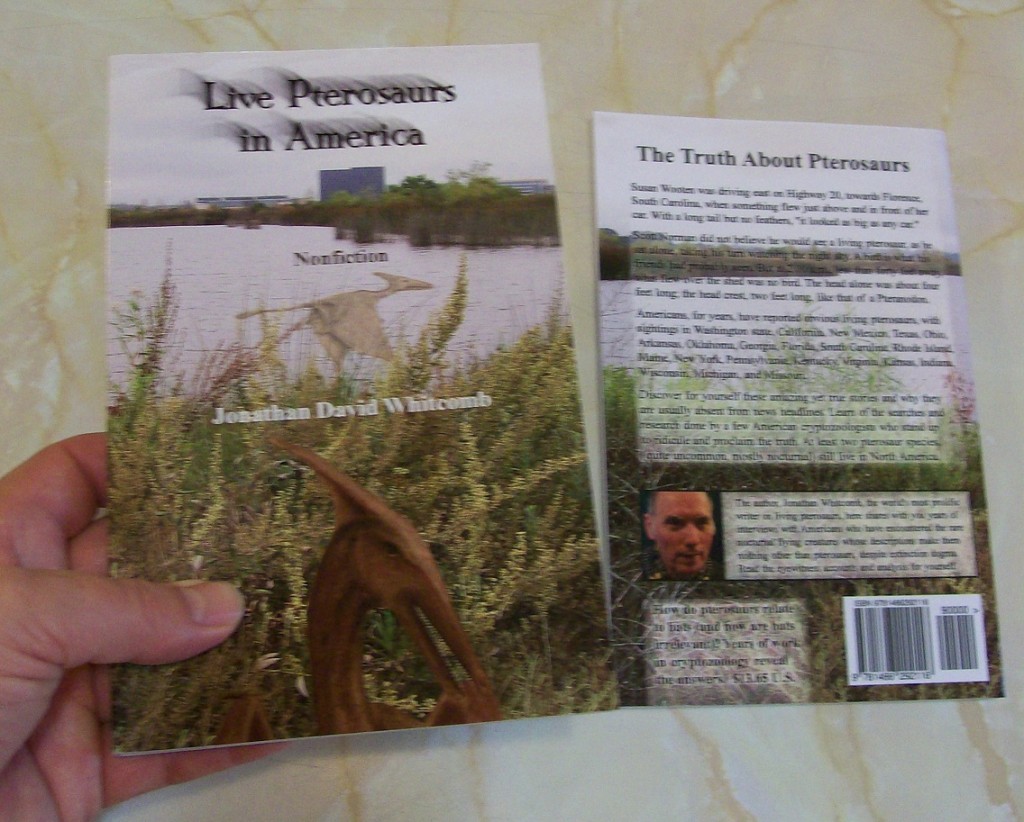Let’s begin by being precise. I do not insinuate that in Africa all sightings with the label “kongamato” are of the same species of pterosaur or even any kind of pterosaur; the same applies to the label “ropen.” But specific sighting reports have similar details, namely this: a large or giant size, a long tail with a Rhamphorhynchoid-like structure at the end, and a lack of feathers. Sightings involving those details—those I believe to have come from sightings of living pterosaurs.
Before we begin, however, we need to clear up a misunderstanding about an implied association with “science-fiction movies and old cartoons such as The Flintstones.” Dale Drinnon has mentioned this, in commenting on another post, as if it damages the credibility of sightings, notwithstanding he did not mention any particular sighting. But he does not seem to appreciate or realize that specific sightings are by eyewitnesses who have probably never seen any science fiction movie or Flintstones cartoons in their entire lives: The boy who saw the flying creature in Sudan, Africa, for example. And what about all the native eyewitnesses that were interviewed in the two expeditions on Umboi Island, in 2004 (I led the first expedition)? I asked Gideon Koro if he had ever seen a picture of a ropen in any book at his school; he thought about it for a second or two and then replied, “No.” Yet his description of the ropen flying over Lake Pung in daylight corresponds to details in the sighting reports by Westerners such as Duane Hodgkinson and Brian Hennessy.
Let’s examine details in Gideon Koro’s sighting report. I interviewed him in person, on Umboi Island, in 2004. He and his six friends had hiked up to the crater lake, arriving there in the middle of the day. The creature flew over the lake, just meters over the surface, with no reasonable possibility that the boys could have seen a common bird or bat and misidentified it.
- No feathers—Gideon was positive about that
- Tail seven meters long—He thought about it for a few seconds before giving me his estimate
- Mouth “like a crocodile”
Now let’s examine details in the Sudan, Africa, sighting report. By email, this man reported to me his 1988 encounter, which I now summarize (adapted from a post on the blog Live Pterodactyl):
While walking from one mud-brick hut to another, one night, the boy noticed something on the roof of a nearby hut. Lit up by the patio light, perched on the edge of the roof, the creature appeared to be four-to-five feet tall, olive brown, and leathery (no feathers). A “long bone looking thing” stuck out the back of its head; its long tail somehow reminded the boy of a tail of a lion (I suspect there was hair at the end of the tail).
The boy froze as the creature stretched its wings and hopped toward another roof, passing a few feet over the boy’s head. He dropped the metal tray of dishes that he had been carrying and the creature flew away. The eyewitness was sure about the head crest and the long tail.
Science Fiction Movies and the Flintstones are Irrelevant
Eyewitnesses who have never seen a movie or television are not influenced by science fiction movies and TV cartoons, but there is more. Those Americans and Australians who have seen movies and cartoons are not necessarily influenced in any way that would cause them to report sighting details that were distorted by those media experiences. How many media experiences do Westerners have that involve people being shot by guns! Yet we do not dismiss eyewitnesses from testifying in court, in a shooting case, just because they had seen gun fights in movies and on television.
Another problem shoots down this science-fiction-movies-and-Flintstones insinuation. Why are no details given? Why not mention details about portrayals of pterosaurs in media? Why not mention details in particular eyewitness reports? Why try to shoot down a large long-tailed pterosaur by blowing smoke at the poor flying creature?
Namibia, Africa, Pterosaur (sighting in the Spring of 2011)
“The wings span was about double the distance of beak-tip to end-of-tail. I cannot remember details of the tail, but thought that two legs and a strange looking longer tail or appendix were visible, parallel to one another . . . he estimated the flying creature had a wingspan about half of that of the airplanes he sees flying overhead . . .”



